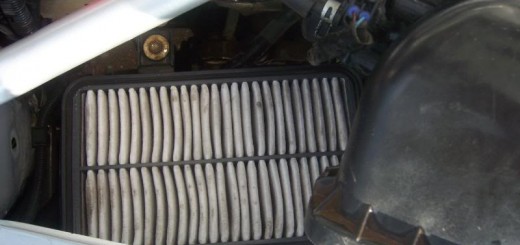I just installed the TRD member braces on my car, and have a few bits to add to Whelps “how-to” on Spydermagazine.com

First of all the front brace:
Its a doddle, if you can use a trolley jack and a socket set its all over in 15 minutes. Take the old braces off, laugh at how feeble they look compared to the TRD girders, and bolt the new brace in. Four bolts, easy as pie… The only confusing thing was where to lift the car. The workshop manual says lift it on the front crossmember, but its covered in plastic. No bother though, I just ran my jack under and lifted away, the plastic sheet protected the member from the jack, and strangley was none the worse for it afterwards… Obviously, if in doubt, lift either side or use ramps!
The rears braces are subject to much confusion as to how to fit them. There are 2 main issues. Number 1 is do you fit them with the wheels dangling free, or on ramps with the suspension fully loaded? Whats the right way? This all stems from the TRD instructions saying you need to have weight in the car before tightening…
Number 2 is what to do with the handbrake cables. If you fit them above the braces they rub, if you fot them below the braces one good bump might tear them off… I cant help you here, save to say I fitted mine above the braces, as other than the possibility of rubbing there will be no further suprises this way. Also I intend to lower my car as soon as Slaceys Group Buy comes to fruition, which will help add a bit of clearance.
Going back to point 1 though. The fitting of the braces involves removing the bolt that connects the lower suspension arm to the chassis. With the wieght of the car on its wheels this arm is under load. To remove a key part of the suspension structure of a car whilst lying underneath it strikes me as a little silly to say the least. Not to mention bloody dangerous… Many people have found this bolt a pig to remove and re-fit, requiring much hammering and levering to get it in and out, This is because the lower arm is loaded and actually doing its job of holding the wheel straight. Jack the wheels off the floor and it takes minutes to fit each brace, with the bolts just sliding out.
Unfortunatley it now gets a little complicated, as the TRD instructions state you have to have the car loaded before final torquing down of the bolts. Here, for the first time is an explanation as to why…
There is circular rubber bushing in the end of the lower arm, the outer steel shell is part of the arm and thus moves up and down with it, the inner steel core that the bolt passes through has teeth in it that grip the chassis as you tighten it up, ensuring that the rubber filling in between the two steel parts of the bush is the bit that does all the moving rather than the whole bush rotating around the bolt. This is done becasue rubber needs no maintenance, no oiling, and doesn’t squeek, it also absorbs vibration. Anyway, the rubber core is designed to let the arm flex up and down. but it can only allow so much movement in any given direction without tearing the rubber core. The way to make sure you never put it under to much stress is to tighten the bolt when the suspension travel is in the middle, so the bush only has to flex a small distance before the end of the travel. Make sense?
Put simply it means this: For the good of your health do the actual installation part of the job when the wheels are off the floor, its safer and a lot easier… Once the bolts are back in and hand tight, you can then lower the car down on to ramps or blocks, so that the suspension is loaded, throw in some ballast, and the tighten the lower arm bushings safe in the knowledge that you wont be causing premature failure, and you want have a car falling on your head…
Hope this helps…
This documentation in no way replaces the Toyota MR2 Repair Manuals. The purpose of this content is only to provide supplementary information to fellow MR2 enthusiasts. Midship Runabout and its contributing authors will not be held responsible for any injury or damages that may occur as the result of practicing any of the methods or procedures described within this website. Article and photo submissions are property of the contributing author.

